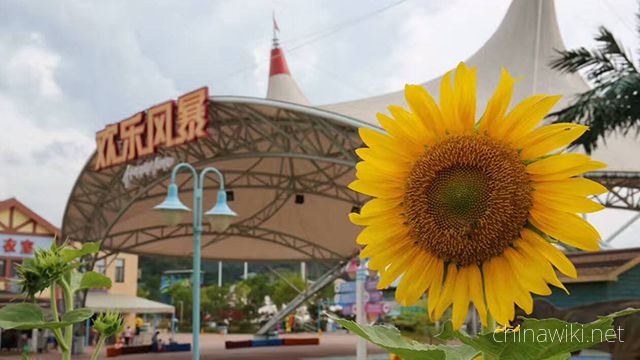Mannose altar
The manna altar is located behind the main hall. It is said that in the Tang Dynasty, manna was often dropped here. After monk xingzhao opened it, it was called manna well. In the third year of Tianxi (A.D. 1019) of the Northern Song Dynasty, the altar was built on Jingshang, so it was called Ganlu altar. The existing building was rebuilt in 1666 A.D. with quadruple eaves and octagonal points. The top of the altar is in the middle of the caisson. It uses Ruyi Dougong, which overlaps and retracts like a spider's web. The structure is complex and exquisite. There are 24 wooden carvings in the column Dougong and paving room around the altar Flying in the sky, wearing ribbon, holding musical instruments, singing and playing, and flying, is not only a treasure of architectural art, but also a valuable image material for the study of Nanyin of Minnan ancient music, just like the Pinjia of Daxiong hall. It is said that only Beijing jietan temple, Hangzhou Zhaoqing temple and Quanzhou Kaiyuan Temple still retain the architectural regulation of jietan temple.
Address: Kaiyuan Temple, West Street, Quanzhou
Longitude: 118.585467
Latitude: 24.914474
Chinese PinYin : Gan Lu Jie Tan
Mannose altar
-
Zhou Wang's daughter-in-law Liu's Festival
Zhou Wang's daughter-in-law Liu's Festival. Zhou Wang Shi Xi Liu Shi Jie Xiao Fang
Views: 49 Time 2021-02-26 -
Anji happy storm water park
Anji happy storm water park, with a total area of 240000 square meters (including 60000 square meters of longwangxi River), is the largest water park in Asia. The park is located in Anji County, a famous tourist destination in Zhejiang Province. The traff. An Ji Huan Le Feng Bao Shui Shang Le Yuan
Views: 624 Time 2021-02-28 -
Longzhou Uprising Memorial Hall
Longzhou Uprising Memorial Hall. Long Zhou Qi Yi Ji Nian Guan
Views: 45 Time 2021-03-03

